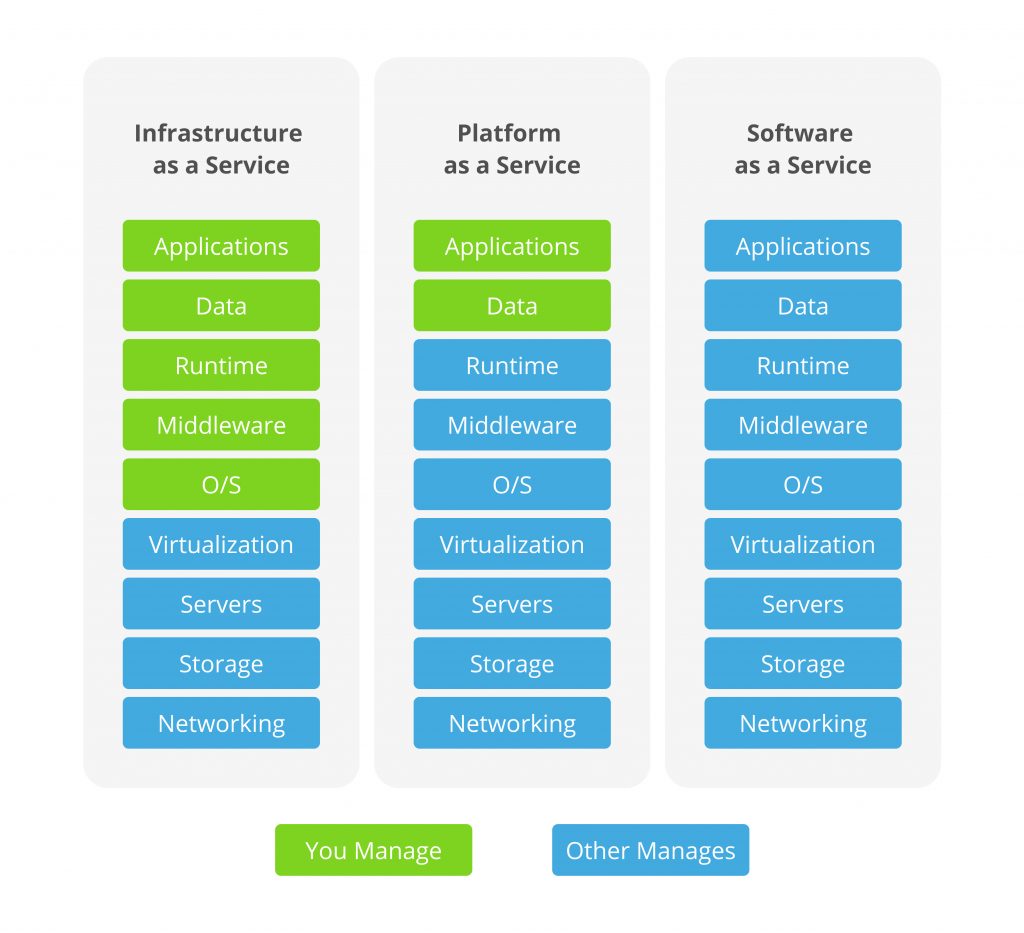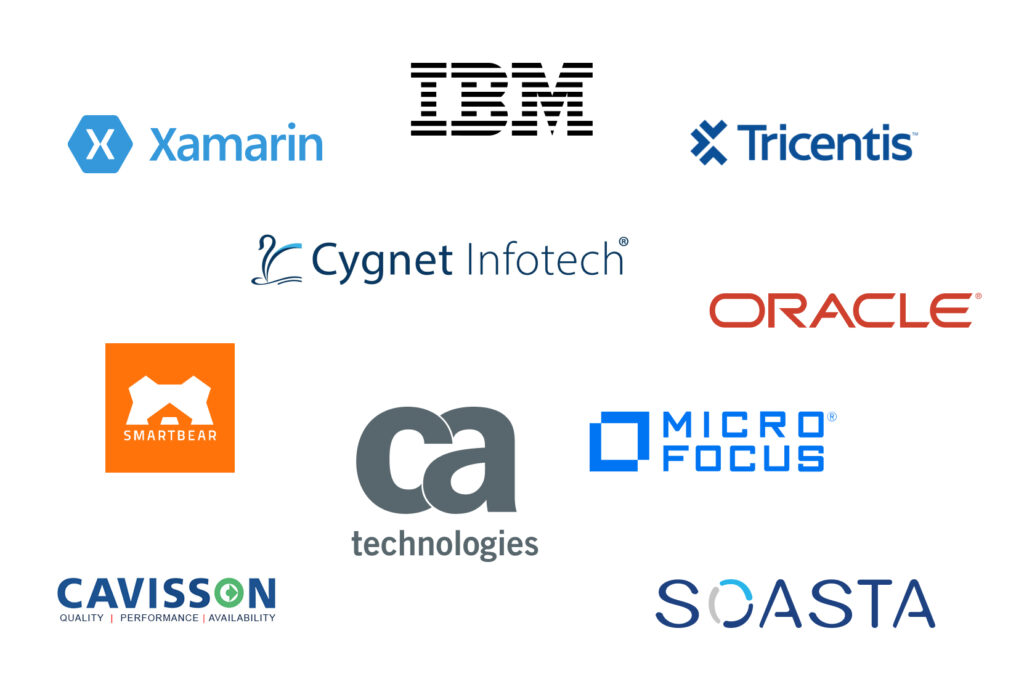Cloud computing simplifies software development and testing as it relieves development teams of a range of tasks that take up extra resources — at the very least, there is no need to buy, configure and maintain hardware. However, this is not the only reason why cloud-based testing environment is becoming increasingly commonplace among developers.
- What and How is Tested in Cloud
- 9 Reasons for Testing and Publishing Applications in the Cloud
- Global Trends
What and How is Tested in Cloud
Testing applications in cloud services actually encompasses many processes. Developers need to make sure that a website or a particular application performs the functions intended, shows adequate performance, is easily scalable, secure and consistent in operation.
Testing under cloud environment
Applications and websites can be tested in the cloud just as they can be tested in on-premises environments, in particular via:
- load testing to find out the actual performance of the application;
- stress testing, or how the application reacts to a sudden spike in load;
- latency testing — how long it takes to load under different operating conditions;
- functional testing — whether everything runs according to the specification;
- disaster recovery testing — checking data safety during recovery;
- compatibility testing — whether everything works properly in different operating systems, browsers and their versions.
Cloud for Testing Models
IaaS (Infrastructure as a Service) — computing resources in the cloud on demand, IT infrastructure for many different tasks, including testing.
PaaS (Platform as a Service) — an environment focused on developing and testing software applications regardless of their complexity in the cloud.
SaaS (Software as a Service) — preconfigured cloud-based testing tools provided by a third-party vendor as a cloud service.
The key distinctions between cloud for testing models can be clearly seen in the diagram below :

To learn more about the differences and features of each cloud model, you can read our article “IaaS, SaaS and PaaS: similarities and differences between cloud services models”.
Colobridge Expert:
“While earlier clouds for testing were used mainly by companies that specialised in software development and startups, now the state of play in the market is changing. This service is increasingly used by medium and small businesses that do not specialise in IT, but develop their own software products. By using the cloud, they aim to optimise testing and speed up launching their application on the market”.
9 Reasons for Testing and Publishing Applications in the Cloud
Easy setup and use. You don’t have to delve into the intricacies of IT infrastructure operation — it is enough to make sure that its characteristics meet the actual loads. Furthermore, developers do not need to engage specialists to administer servers and networks — these tasks can most easily be delegated directly to the provider.
Easily scalable. While testing applications in cloud services requires more resources (processor power, storage space or other), they can be obtained from the service provider as quickly as possible and rolled back to standard volumes afterwards in the same way. The easiest way to do this is through IaaS, renting virtual cloud infrastructure, where it takes from a few minutes to a couple of hours to allocate computing resources.
Lowest cost of infrastructure deployment. No capital investments — only operating costs and precisely to the extent required to meet the project requirements. In other words, there is no need to pay for surplus resources if they can be obtained at any time on demand.
24/7 accessibility from anywhere in the world. Geographically remote development and testing teams can work on the project from anywhere, all they need is a working laptop or computer and a stable internet connection. Moreover, everyone works with up-to-date data without getting confused in versions.
Data security. Providers that offer a public cloud for software development usually offer a service of creating and storing backups (most commonly BaaS, Backup as a Service) by default. This also frees up resources for higher-priority tasks because once properly configured, backing up data will require minimum involvement later on.
Taking advantage of virtualisation easily. This technology makes it possible to wisely distribute the resources available in the cloud between different projects, resulting in lower costs of software development and testing in the cloud.
And the most important thing is that after successful testing, an application or a website can be quickly migrated to the production environment or, vice versa, cloud testing can be conducted immediately before deploying the application in the production environment. Therefore, the parameters of a cloud testing platform are always selected after considering all the project requirements, including development and the following real operating environment.
Cloud testing market leaders:

Perfect conditions for load and stress testing. The fact that any computing and network resources in the cloud are highly scalable and available makes it easy to run very specific tests.
Secure sensitive data. Reputable providers with a proven track record in the market do their best to mitigate the potential risk of hacking and data breaches. While security must be addressed by both parties, service providers are always better positioned to do so at a higher level by having access to industry-leading technology and tools.
Freeing up staff. Deploying, configuring and maintaining a testing environment no longer requires the full-fledged engagement of several valuable IT professionals. They now have free time to focus on higher-priority tasks.
Accoring to Mordor Intelligence, cloud testing market will expand at an average growth rate of 13% until at least 2026.
Global Trends
Software development and testing in the cloud is growing in popularity because cloud technologies are becoming increasingly widespread and companies are striving to make application development and delivery to end users faster. Here are just a few global trends dominating in this segment.
- Maximised automation of software testing tasks using tools involving artificial intelligence (analysing application “behaviour”, automatically creating test scenarios, identifying patterns, etc.).
- Simplified access to augmented and virtual reality (AR/VR) tools to evaluate user interaction with applications in an immersive world.
- Using blockchain technology to test applications for banks, fintech companies and other businesses where chain continuity is important.
- Multi-cloud testing (across multiple cloud environments from different vendors) to obtain a comprehensive assessment of applications.
Colobridge team can provide you with the best cloud solution to deploy your development and testing environment as well as take care of administering and supporting your IT infrastructure so you can focus on high-priority business operations.





